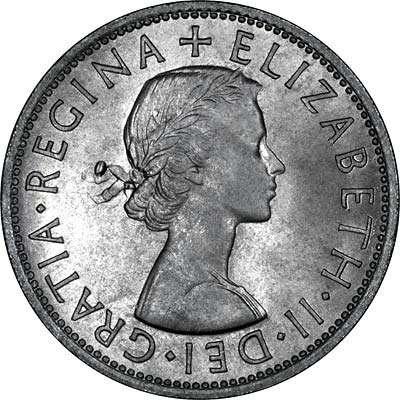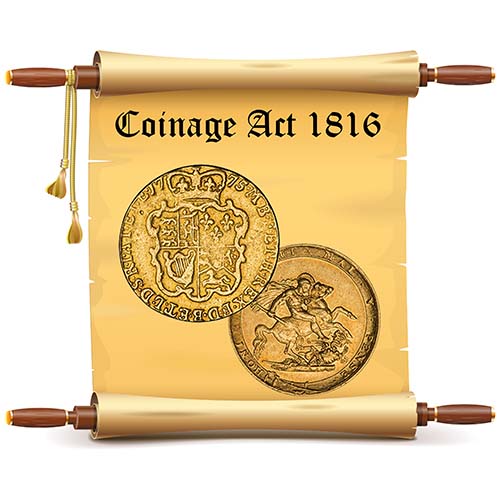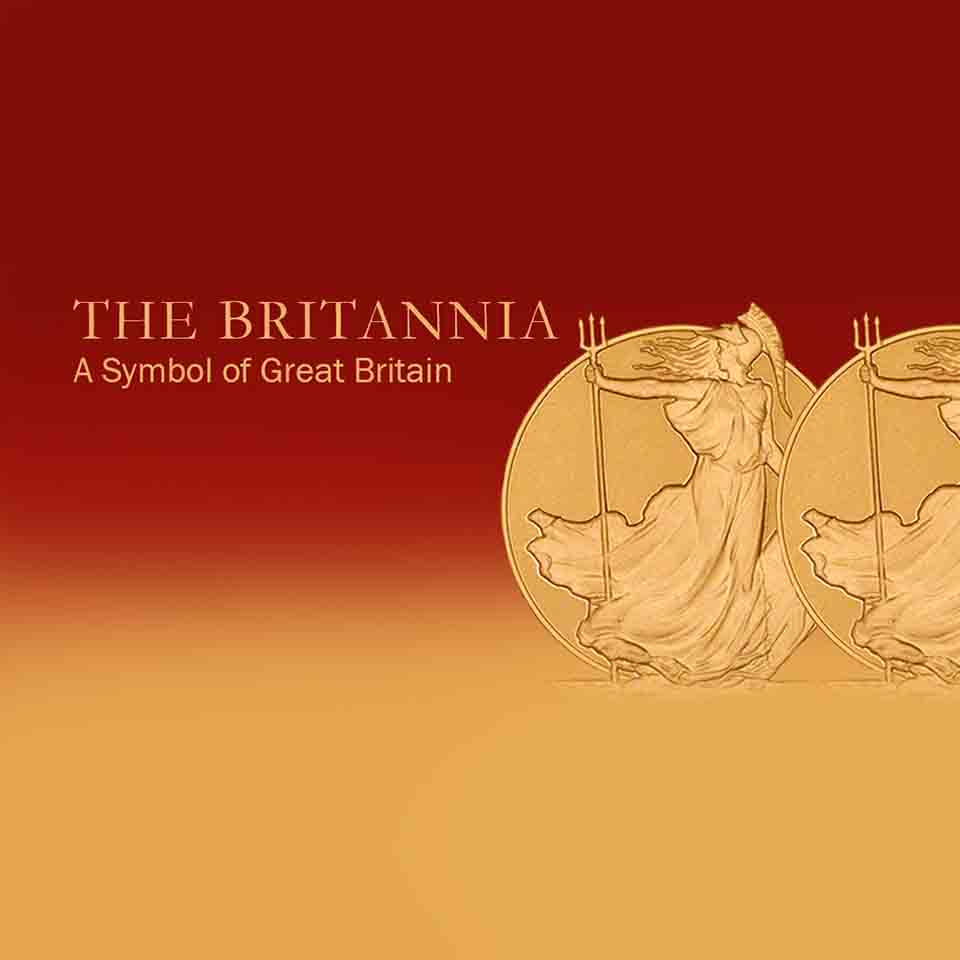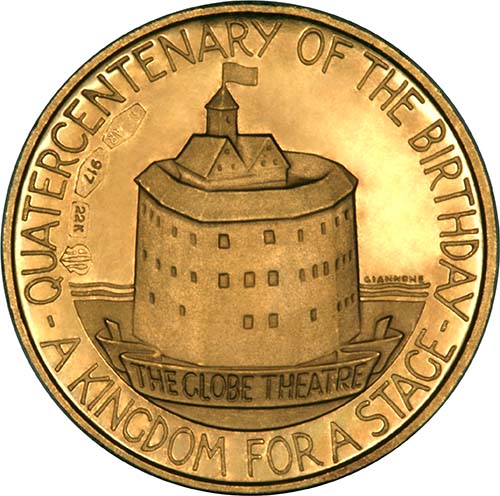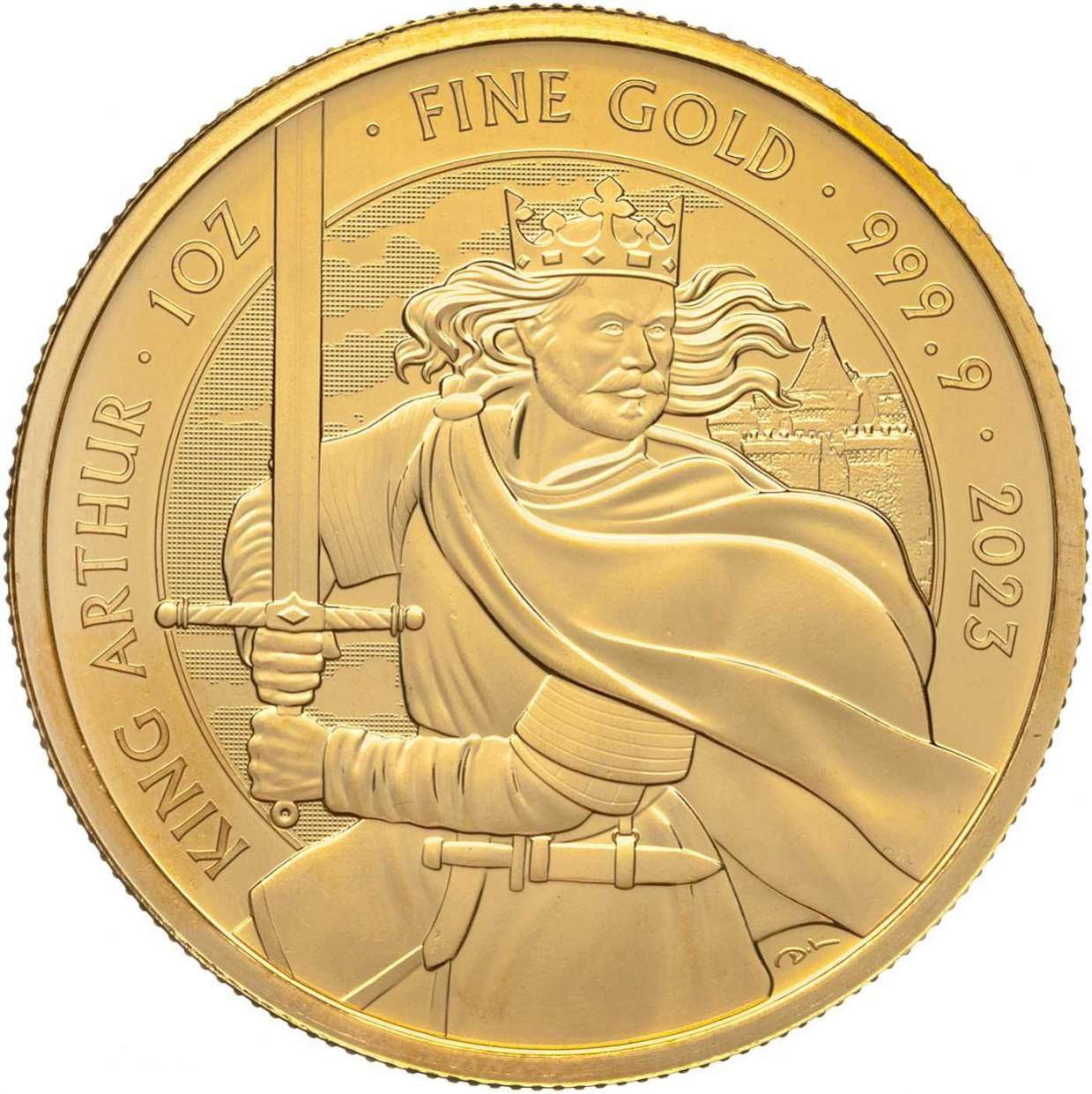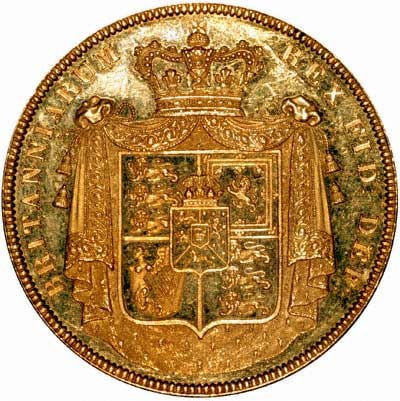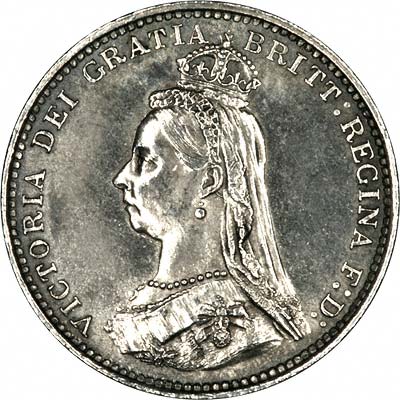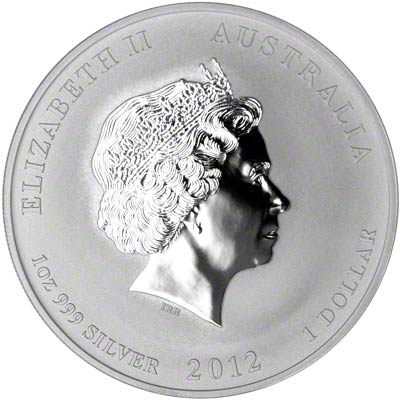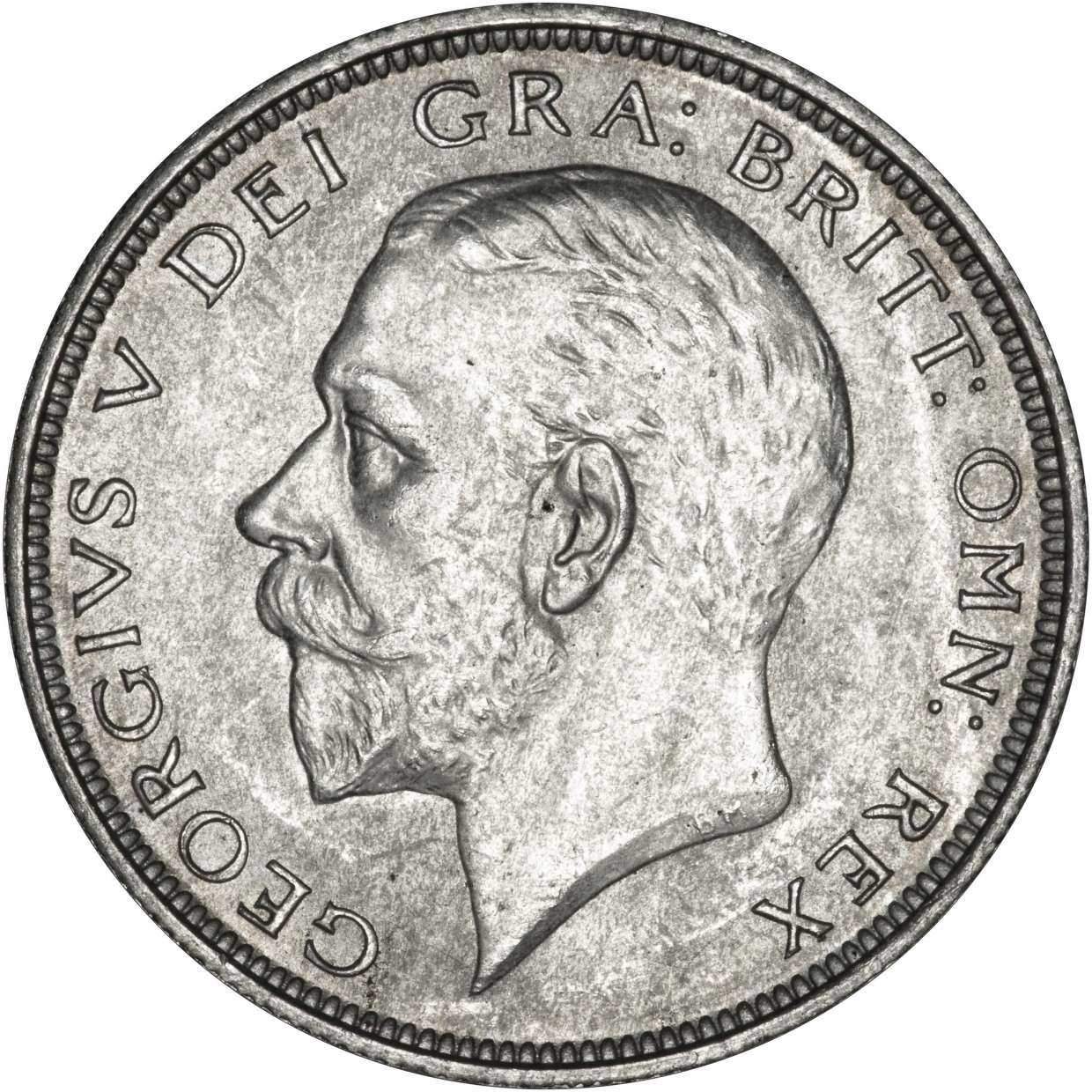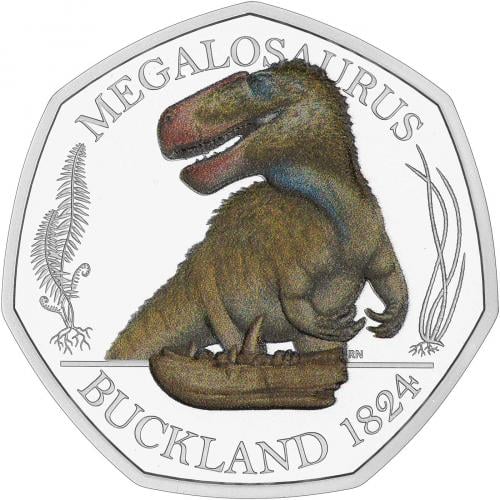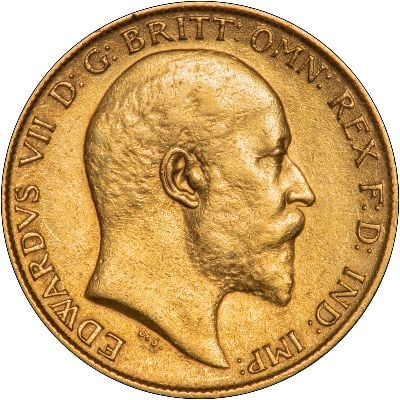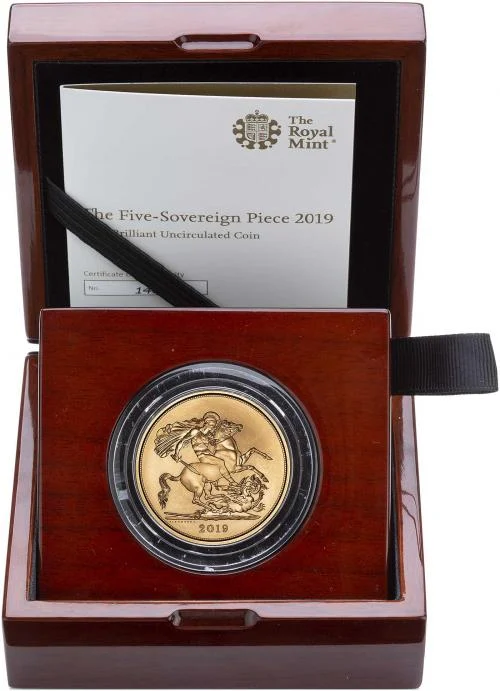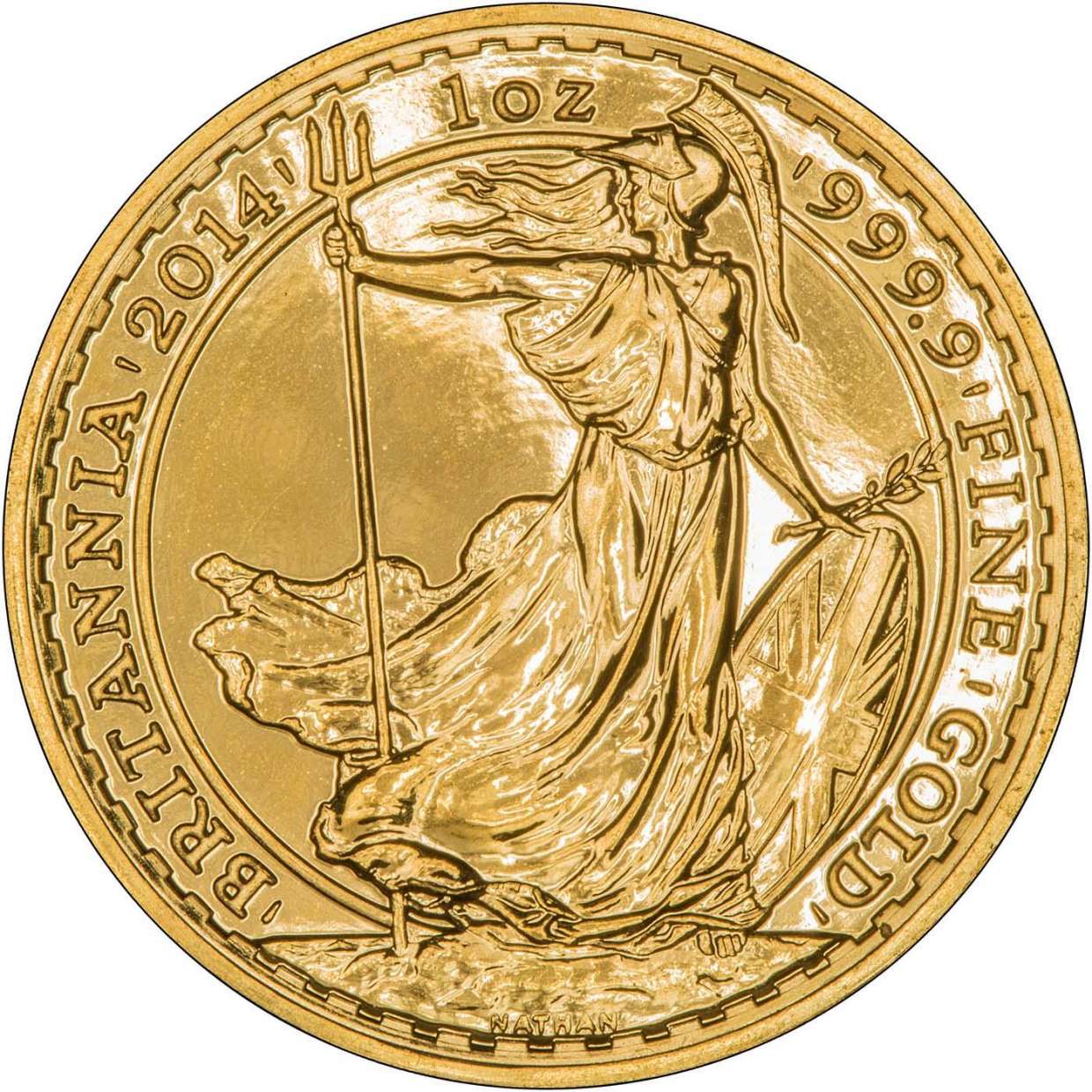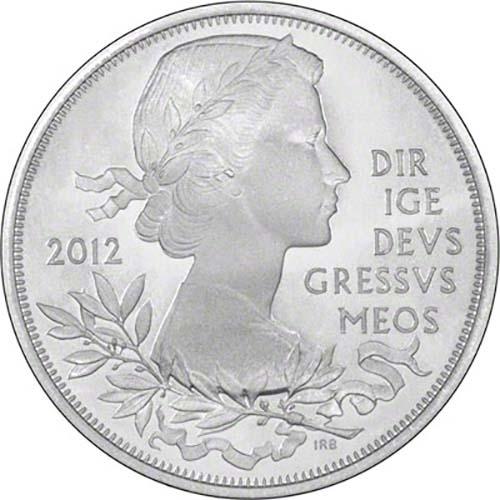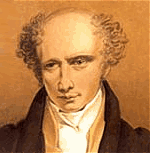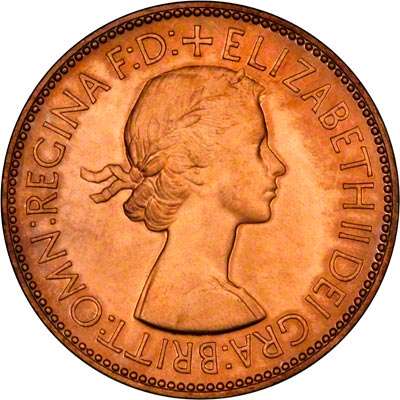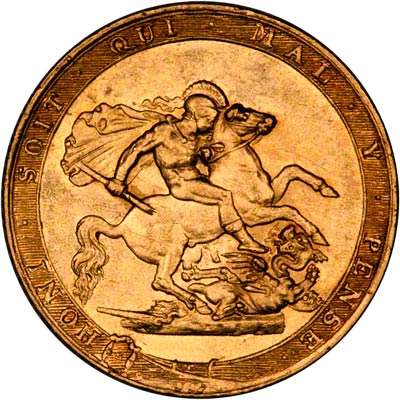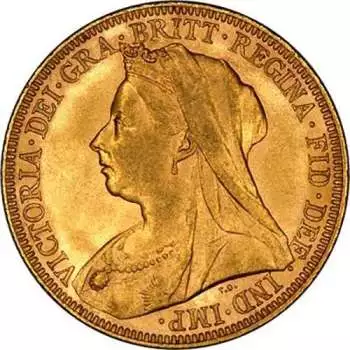The Story of the British Crown
Synopsis
The crown has been around for centuries and over the years has seen differences in value, manufacture and even metal content. With its name deriving from the French gold couronne, the denier à la couronne, issued by Philip of Valois about 1339. The Crown first appeared as a British coin denomination in 1544 under Henry VII with a value of five shillings. The first silver crown, produced in 1551, was one of the first British coins to feature a date.
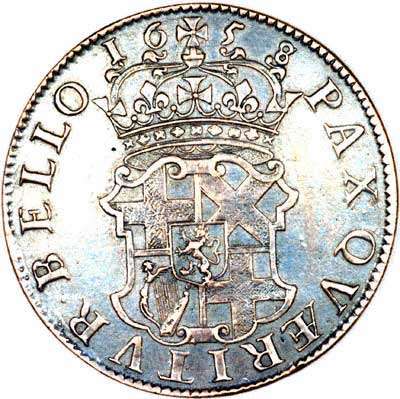
First Ever Crown
The world's first crown sized coin was issued in about 1484 at Joachimsthal in Bohemia, using silver from local mines including Annaberg, Schneeberg, and Altenberg. Joachimstal is now in the west of the Czech Republic, in the Erzgebirge (ore mountains), close to the German border. The Czech name is Jachymov. It should not be confused with the other Joachimsthal near Berlin in Germany. (Thanks M.S.) The coins became known as Joachimstalers, and shortened to Thalers, which in turn became dollars. There is quite a lot of historical information to this coin so firstly we share an infographic as a broad overview and if you are interested you can read the full article below:

Collector's Choice
Because the crown is the largest silver coin issued during most reigns, it is often the first choice for collectors. Large format coins make it easier to appreciate the artistry of the engraver, and silver is an attractive metal which takes a good impression from the dies, but without being as expensive as many gold coins. Crowns were often struck in sufficient quantities to enable them to be purchased today at reasonable prices.
Obverse
Reverse
Etymology
The name crown comes from the French gold couronne, the denier à la couronne, issued by Philip of Valois about 1339, which featured as its obverse design, a large crown; and the écu à la couronne issued by Charles VI of France about 1384, which had a shield surmounted by a crown. The first crown (that of the double rose) of Henry VIII had a reverse similar design to the "ecu d'or au soleil", a shield topped by a large crown, and for its obverse, had a double rose also topped by a large crown. "Crown" had become the common English name for the French écu, and for other European coins of similar valuehttps://www.chards.co.uk/category/buy-coins/a/crown
The First British Crowns Were Gold
The Crown first appeared as a British coin denomination in 1544 under Henry VIII. This was a gold coin with a value of five shillings. Perhaps we should count as a crown, two other slightly earlier coins of Henry VIII. The "Crown of the Rose" was issued in 1526, at the strange sounding value of 4s.6d (four shillings and sixpence). Its reverse design was a rose. It was intended to compete with the French écu au soleil. It was not popular, and was discontinued within a few months, and replaced with another coin known as the "Crown of the Rose", with a value of five shillings. The reverse design was a Tudor double rose. This coin is historically interesting in being the first British gold coin to be made from gold of "only" 22 carat, rather than the previous standard of 23 carat. 22 carat is, of course, the standard now used for all British gold coins. Gold crowns continued to be issued until 1662 under Charles II, when all the previous denominations of gold coins were replaced by milled guineas.
The First British Silver Crown
The first silver crown was produced in 1551 under Edward VI. It was one of the first British coins to bear a date, which was in Arabic numerals. Since then the silver crown has always been the largest regularly issued British silver coin. From 1551, crowns were issued in both gold and silver, until the gold crown was discontinued after 1662.
Obverse
Reverse
Victoria
There were four different crown designs issued for Queen Victoria. The first design carried a youthful portrait with a bare head, the reverse design being a large shield bearing the Royal Arms, crowned and within a laurel wreath. This "Young Head" design was issued from 1839 to 1847, although the 1839 was issued as a proof only, and is very rare.
Obverse
Reverse
The second Victorian crown type was the Gothic design, with a large bust of the queen wearing a crown and an ornately embroidered dress. The reverse design is cruciform shields, with roses, thistles and shamrocks in the tressured angles. he inscriptions on both sides are in Gothic script, and are unusual in being in lower case, except of course for the capitalised initial letter V of Victoria. Coin inscriptions, like tradesmen's signs are more frequently designed using all capital letters. The Gothic design was only issued in two years, 1847 and 1853. The latter was issued only as a proof and is very rare.
Obverse
Reverse
As with all the silver and gold coinage, the crown was changed in 1887 to the new design for Victoria's golden jubilee, and this design continued until 1892. The final design change for Victoria was to the "Old" or "Widow" head design in 1893, and this continued until the final year of her reign 1901. The edges of the Old Head crowns are letter with the regnal year, starting with "ANNO REGNI LVI" in the first part of 1893. There are two regnal dates per calendar year, as this changed at the anniversary of the queen's accession to the throne.
Edward VII
The only crown issued during the reign of Edward VII was in 1902, his Coronation year. Although this is a scarce year, many of the surviving Edward crowns show considerable wear, which is clear evidence that crowns were still used in everyday circulation. It is the last date of crown to have seen normal use in circulation.
George V

Unusually, no crowns were issued in 1911, George's Coronation year, and we are not sure of the reason. Shortly afterwards, the first world war created massive inflation, and most countries reduced their issue of silver and gold coinage about this time. From 1920, the silver content of British "silver" coins was reduced from standard or sterling silver (925 parts per thousand) to half silver (500 parts per thousand). It was not until 1927, when a redesign of the entire coinage was in progress, that a Crown was issued. This had a crown within a garland or wreath as its reverse design, and is generally known as a "Wreath" crown. This design was issued for collectors, in small numbers until 1936, except for 1935 when a special design was used to commemorate King George's silver jubilee.
George VI
A crown was again struck for the Coronation of George VI in 1937, and one other was issued in 1951 on the occasion of the Festival of Britain. This was the first crown to be issued in cupro-nickel, which had replaced silver in the "silver" coinage from 1947.
Elizabeth II
Again a Coronation crown was issued in 1953 for Elizabeth's Coronation. This had the unusual design of the Queen on horseback, but reflects the first silver crowns issued for Edward VI in 1551, through to Charles I. A second crown issue was made in 1960, with a young head of the Queen, and the same reverse as in 1953, except for the changed date. This was issued for the British Exhibition in New York. The third crown, and the last with a value of five shillings, was issued in 1965 to commemorate Sir Winston Churchill, a great honour richly deserved by a great man.

Decimalisation
Crowns have maintained their face value as five shillings throughout their life until decimalisation in 1971. The decimal issues from 1972 to 1981 inclusive also maintained the equivalent value of 25 (new) pence.
Modern Issues in Modern Times
Since 1970, the Royal Mint have been busy creating and marketing collector's coins, and crowns have increasingly featured in this programme.

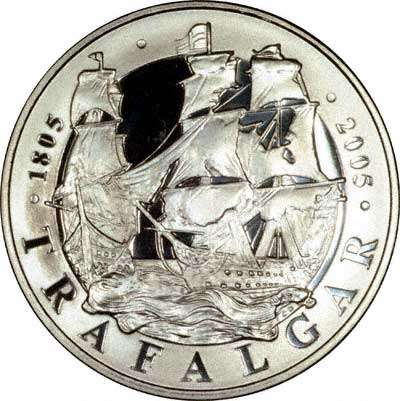
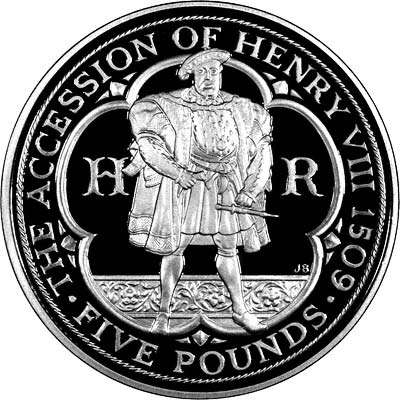
1990, 2005 and 2009 Crown
Change of Value
| Metal | Gold | Silver | Silver | Gold / Silver / Platinum |
| Strike | Hammered | Hammered | Milled | Milled |
| Denomination(s) | 4 shilling 6 pence up to 5 shillings | 5 shillings | 5 shillings | £5** |
| Monarch Reign | Henry VIII - Charles II | Edward VI - Commonwealth Period | Charles II to Elizabeth II | Elizabeth II |
| Time Period | 1544 - 1662 | 1551 - 1656 | 1662 - 1981* | 1990 onwards |
* The 1947 issue was not silver and in 1972 the crown carried a value of 25 pence.
** The finish can be brilliant uncirculated, silver proof, silver proof piedfort, gold proof and platinum proof.
The expression "crown-sized coin" refers to any large format coin with the same approximate dimensions as the British Crown, i.e. about 37 to 40 mms. in diameter. Although we remain slightly cynical about the sudden revaluation of the crown in 1990 upwards by a factor of 20, it can be accurately argued that it only recognises the diminished purchasing power of the crown's original five shillings value. Inflation has caused a decrease in sterling's value, or an increase in prices, of between about 40 to 50 times, during the twentieth century, and several times during the 350 years before. There has also been a worldwide trend during the last few decades, for coins to be reduced in size. To have made the crown smaller would have proved a contradiction because the expressions "crown" and "crown-sized" have long been associated with large format silver (or silver coloured) coins.
Do not confuse the £5 crown with the £5 coin. George III was the first to issue the £5 coin (also called a five sovereign piece or quintuple sovereign) in 1820 and it continues to be issued by Elizabeth II even today. Click here to view our £5 coin page
Gold & Silver Crowns Reunite
For the 1990 issue, the Royal Mint produced not only a cupro-nickel version of the crown, but also a proof silver and a proof gold version. With this issue, the original five shilling gold crown, discontinued after 1662, and the large five pound coins, first issued in 1668, merged to become one and the same coin. We should add that the 1668 coins were five guinea pieces, but as the guinea's original value was twenty shillings, not twenty one shillings at the end of its life, these were in fact the first five pound coins. Guineas and five guineas were replaced in the major recoinage of George III's reign, which took place in 1816. There is still a difference between the traditional gold quintuple sovereign type five pounds and the newer gold versions of the five pound crowns. firstly the diameters are slightly different although the weights are identical, secondly the quintuple sovereign types usually retain traditional historic definitive design types, and the gold crowns are now generally designed as commemorative coins. You can view our product pages here for guineas, and gold five pound coins.
The Future
The future of the crown appears to be secure. Since 1996, crowns, in various versions have appeared every year, and in 1999 and 2000, there have been two different crowns designs in each year.
Silver Britannias
Although Britannias were introduced as a gold bullion coin in 1987, this was extended in 1997 to include a silver one ounce crown-sized silver Britannia coin. You may be interested in viewing our Silver Britannias page.
Related Blog Articles
This guide and its content is copyright of Chard (1964) Ltd - © Chard (1964) Ltd 2024. All rights reserved. Any redistribution or reproduction of part or all of the contents in any form is prohibited.
We are not financial advisers and we would always recommend that you consult with one prior to making any investment decision.
You can read more about copyright or our advice disclaimer on these links.










